Exploring Ceviche Varieties Across Peru
43 min read Discover Peru’s diverse ceviche styles—from coastal classics to Andean and Amazonian twists—exploring ingredients, techniques, and cultural influences shaping the country’s iconic citrus-cured seafood. October 08, 2025 09:08
The first thing you notice in a Lima market at 9 a.m. is the scent of lime—an electric, resinous perfume that hangs in the air like a weather front. It tingles the nose, sharp and clean, and then, beneath it, come the briny whispers of the Pacific: cold, metallic, promising. Men in rubber boots slam knives through translucent fillets; a woman fans a basket of rocotos the color of traffic lights; a boy slips a handful of ají limo into a plastic bag that crackles like a fresh wave. Somewhere a blender roars to life, the staccato rattle of ice hitting metal. A vendor grins and lifts a small cup: leche de tigre, the milky, citrus-charged elixir that powers Peru’s definitive dish. I take a sip. Salt. Lime. Heat. A flash of cilantro. A whisper of fish. It feels like your tongue is waking up.
Ceviche is not a single recipe in Peru; it’s a coastline, a mountain slope, a river’s bend, and a thousand family arguments. It is Sunday lunch and payday and the first date after a long week. It is a memory that changes when the current does. Today, let’s ride that current from Lima’s midday glare to the green hush of the Amazon, tasting variations that explain the country far better than any map.
What We Mean When We Say Ceviche

If you’re reading this, you probably already love ceviche. But Peru’s ceviche—its cebiche, seviche, or sebiche depending on the region and the stubbornness of one’s grandmother—arrives with very specific rules of feeling and form.
- Fish must be impeccably fresh, firm, and cold. It should smell like a tidepool at dawn, not a dock at noon.
- Acid is an instrument, not a marinade bath. Think minutes, not hours. Lime doesn’t tenderize so much as it tightens, brightens, and stages a quick chemical sear.
- Salt is added earlier than you’d think, partly to season, partly to draw just enough juices from the flesh to mingle with the citrus and create the dish’s soul: the leche de tigre.
- Heat belongs to chiles that smell like fruit—ají limo, rocoto, ají amarillo—spicy but perfumed, the way a cocktail orange is not just sweet but bitter and floral.
- Crunch, sweetness, and calm arrive as garnishes: slivers of red onion rinsed to a crisp snap; sweet potato steamed until it shivers at the touch of a spoon; choclo, giant-grained corn, starchy and almost buttery; cancha, fried corn kernels that pop like pebbles under the tooth; on the north coast, plantain chips and creamy, pale beans called zarandaja.
Those are the bones. The meat of the story is regional.
The Lime That Changed History
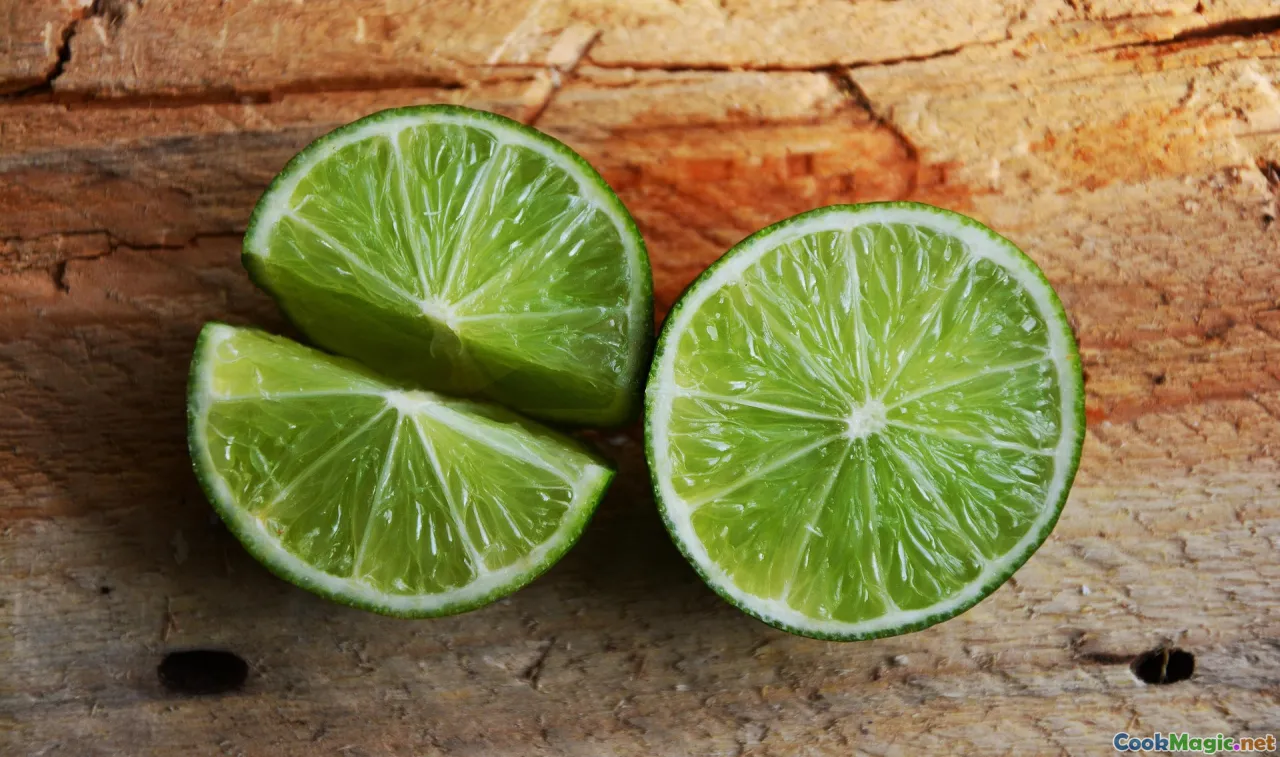
Ceviche predates Spanish ships by centuries. On the pre-Columbian coast, Moche and later Inca cooks dressed raw fish with salt, ají, and the acids they had: tumbo (curuba), passionfruit relatives, and perhaps fermented maize beer like chicha de jora. The sea and the sun did the rest. But the arrival of citrus—specifically the small, highly aromatic Peruvian key lime known as limón sutil—rewrote the tempo. Imagine switching from a pan flute to a trumpet. The dish’s edges got brighter, its window of doneness shorter, its risk of muddiness lower.
That lime is not the supermarket Persian lime most of us know. Limón sutil is the color of late summer grass when ripe, thin-skinned, and so fragrant that a stream of oil can bead on your fingertips as you squeeze it. Its juice is shockingly tart but layered, almost salty, with a bitter green echo. When Peruvian cooks say the lime is the chef, this is what they mean: it dictates the cut, the timing, the confidence of every other ingredient.
The name? Perhaps Arabic through Spanish—escabeche to seviche with centuries of migration and mispronunciation—or perhaps rooted in the Quechua word siwichi. Either way, ceviche is a palimpsest of empire and geography, with lime as the ink that finally made everything legible.
Lima Clásico: A Lesson in Restraint

Walk into Sonia in Barranco on a weekday and watch the ballet. Buckets of fish on ice. Corvina—sea bass—glinting pale like a cool moon. The chef’s left hand anchors a fillet; the right hand moves quickly, dicing into tidy cubes about two centimeters on a side. Not too small—this isn’t tartare. Not too big—this isn’t sashimi. A bowl appears, thoroughly chilled, and in go the fish, a fistful of salt, a squeeze of garlic milled into paste with the flat of a knife, a fine scraping of ginger (Lima’s Nikkei kitchens have taught everyone a thing or two), and then a mess of ají limo, those little chiles with perfume like a ripe strawberry and a bite like a matchflare. The sliced red onion arrives last, chilled to near snow in ice water, so crisp you can hear the cut.
Then, the pour. Limes halved, squeezed once with the fingers and never wrung dry—avoid bitterness from the pith. Cold, cold juice. The fish stiffens, the bowl fogs, and the smell is like lightning struck a garden. A minute. Maybe two, if your fish is very firm or your limes particularly jumpy. A handful of cilantro leaves and stems chopped so fine they almost mist.
On the plate: a wedge of sweet potato glowing orange, a knuckle of choclo, a mound of onions that smell peppery and floral, the fish glistening in pale green milk. On the side, cancha in a little bowl, roasted and salted, with the snap of clean gravel. This is Lima clásico—restrained, swift, inexorable. You eat it at lunch, in sunlight. You eat it before the heat fades and the day loses its angle. You never eat it at dinner if you care about tradition; the sea breathes best in midday.
Tip for home cooks: if you don’t have limón sutil, blend Persian lime juice with a splash of tart, aromatic citrus like calamansi or a few drops of grapefruit to mimic that resinous brightness. And keep everything cold. Slip a few ice cubes into your leche de tigre while you mix it; you’ll fish them out at the end, but their chill keeps the flavors snapping.
North Coast Heat: Piura and Tumbes
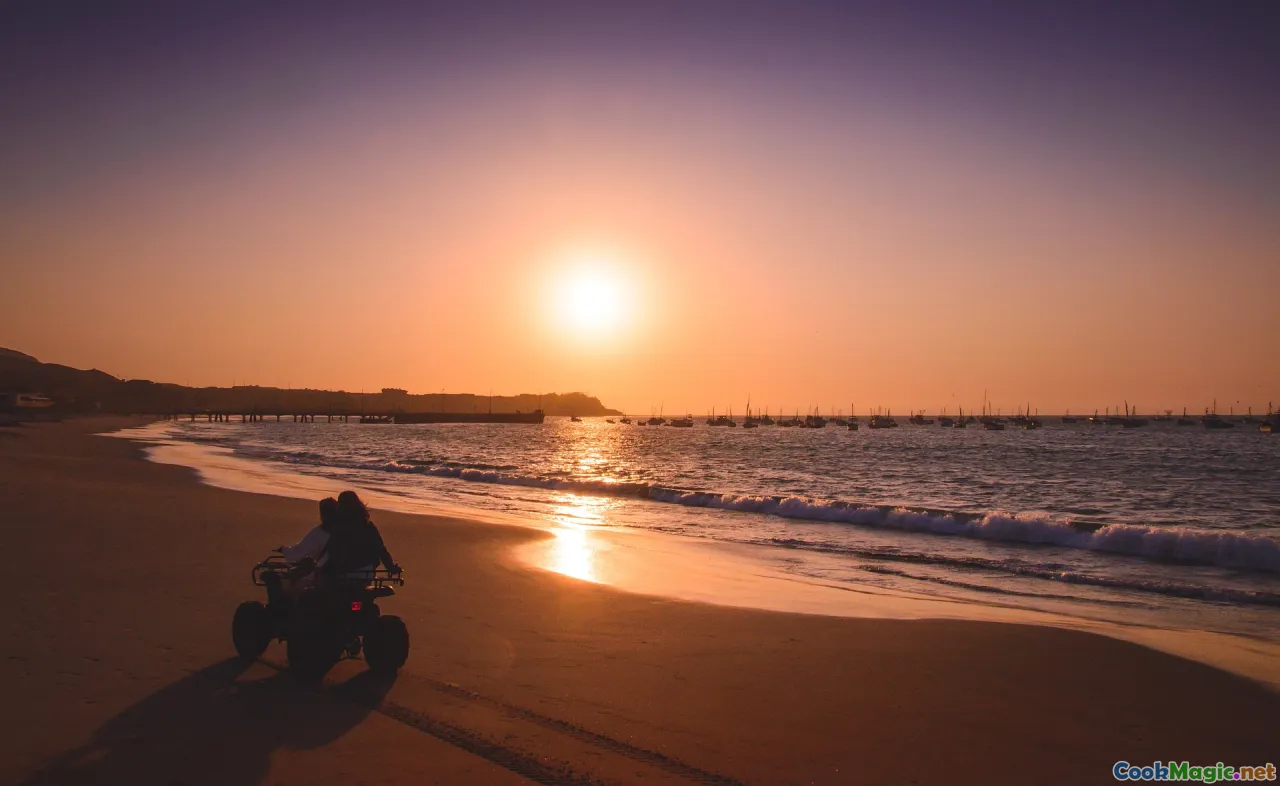
North of Lima, the sun stacks the afternoons higher and the food gets louder in the best way. In Piura and Tumbes, ceviche leans into spice and the sweet-corn tenderness of the region. The garnish plate is a still life: glossy plantain chips (chifles) like golden commas, a neat spoonful of pale, earthy zarandaja beans, sometimes yuca steamed until supple, sometimes avocado fanned like palm leaves.
The fish changes, too. Mero murique, a grouper the size of a door, eats crustaceans and tastes of them: rich, almost buttery. Ojo de uva—literally grape-eye—delicate and clean. In Tumbes, they’ll dice what came off the boats at dawn and splash it with more cilantro than in Lima and a heavier hand with ají limo or the small, nuclear ají charapita that has migrated down from the Amazon. In the heat, spice tastes honest.
The juice is slightly more abundant; you don’t need to chase flavor when it’s already running. In Piura’s markets, vendors pass around little glasses of this northern leche de tigre—green, lively, edged with the vegetal bitterness that means the limes were ripe and the chilies fresh. Sips are punctuated by a bite of chifle, salty and sweet and hard enough to make your molars hum. The combination is addictive: crackle, silk, fire.
If you find yourself in Máncora, ask for ceviche in a plastic chair with your feet in the sand. The breeze will smell of iodine and diesel and salt. It amplifies everything.
The Jet-Black Mystery: Conchas Negras of Tumbes

There is a moment when a plate of ceviche de conchas negras arrives that your eyes ask a question before your mouth does: why is it black? The short answer is hemocyanin and hemoglobin—blood pigments and iron—but the long answer is mangroves and mud and a scallop that filters its life through dark water.
Harvested in the mangrove swamps near the Ecuador border, conchas negras come still pulsating in their shells, flesh the color of a bruise. Their taste is unapologetically mineral, coppery like a licked coin, oceanic in a deeper register. Dressed with lime, a little garlic, cilantro, and thin slivers of hot chile, they make a ceviche that looks like a stormcloud and tastes like a hymn. On the side, as always in the north, chifles and zarandaja to temper the iron and acid.
Caution and respect are part of this story. Conchas negras are seasonal and vulnerable—harvest is restricted by law, and red tides make consumption risky at times. Eat them only at reputable places that respect bans, and consider the context: a dish this powerful is rare for a reason. When you do taste it, you’re tasting a place that refuses to be tamed.
Between Cornfields and Surf: Chiclayo and Trujillo

Farther south along the north coast, in Lambayeque and La Libertad, the plates tilt back toward Lima’s restraint but keep the north’s generosity. The garnish game is strong: yuca as likely as sweet potato, cancha by the handful, and sometimes a spoon of ají amarillo sauce on the side for those who want to stir in a sunny, fruity heat.
Chiclayo’s cevicherías may serve tollo—dogfish—with a chew that loves citrus. Trujillo’s fishermen ride caballitos de totora, reed boats that have skimmed the surf for centuries; their fish goes into ceviche served so quickly that the onions are still jumping. Stand in a blue-walled eatery with a ceiling fan clacking like a slow metronome and taste a version that’s included in family lunches for generations. You’ll hear people say that cebiche here tastes a bit more of the field, and not just the sea—maybe it’s the yuca, maybe it’s the leaner cut of fish, maybe it’s simply the way a grandmother’s hand finishes with a pinch of oregano, a whisper you were not expecting.
Arequipa’s Riverfire: Ceviche de Camarones

Arequipa is a city carved in sillar, white volcanic stone, under a sky so intensely blue it feels forged. Its markets are a theater of contradictions: mountains of potatoes and cheese beside buckets of river shrimp—camarones—lumped together like a red harvest. Here, ceviche often moves away from the sea toward the river and its quicksilver sweetness.
Camarones aren’t tossed raw; many cooks scald them briefly, just seconds, to set their flesh without erasing the snap. The marinade tilts away from cilantro and toward the chile of local pride: rocoto, thick, fleshy, hot, with a bell-pepper perfume and a quick, clean burn. The dish glows. The shrimp are bright coral, set against onions and a lemon-lime juice that carries a hint of river algae, clean and cool.
Order it in a picantería where women stir huge pots with wooden paddles and lunchtime is the most serious business of the day. The ceviche arrives with sweet potatoes that taste like sunshine and a beer so cold it crunches the throat. You will not confuse this with Lima’s or Piura’s—its sweetness is different, its heat more anchored, its aroma a little mountainous. In Arequipa, ceviche tastes like stone, not sand.
Highlands Ceviche: Trout at Altitude
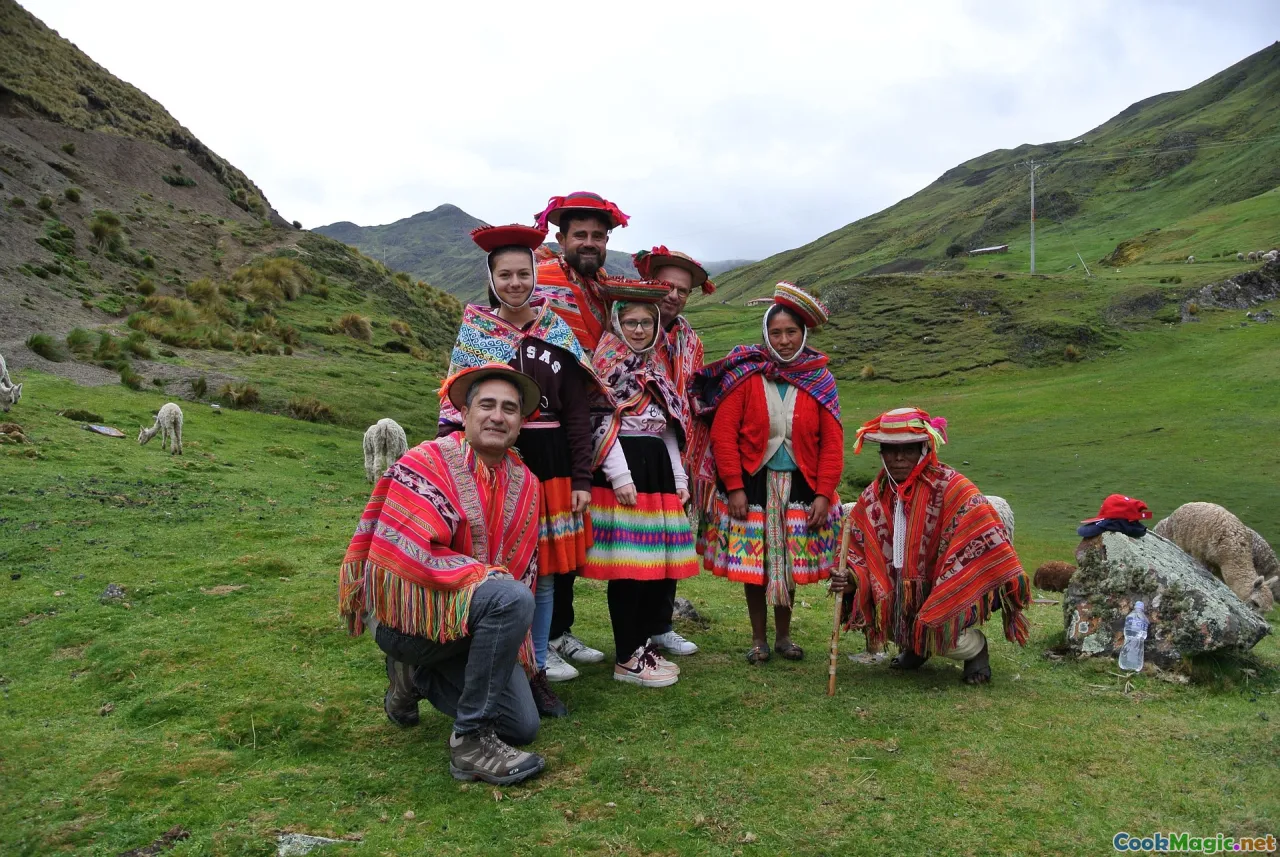
In the sierra, cold water moves through the land like nerves. Trout thrive in that chill, and so does a particular kind of ceviche that raises one eyebrow from purists and both thumbs from those who have tasted it. In Cusco’s San Pedro market, a woman in a thick apron slices trucha into satin ribbons. The smell is mellow, silvery, with a hint of pine.
Because freshwater fish can carry parasites that aren’t neutralized by acid alone, responsible cooks use previously frozen fillets, a step many professional kitchens follow for safety even on the coast. The marinade often includes a little more ginger, sometimes a touch of celery leaf, and occasionally a pinch of huacatay, Andean black mint, which gives a late menthol bloom. Lime still rules, but altitude changes perception; flavors travel differently in thin air. The result is airy and bright, less briny, like citrus on snow.
In Puno, near Lake Titicaca, you might get this trout ceviche alongside cancha and long, pale potatoes; the lake wind whips the napkins like flags. It’s ceviche reoriented—less ocean, more mountain spring.
The Rainforest on a Plate: Amazonian Ceviches

Fly into Iquitos and the air hits you like a warm hand on the back of the neck. The Belen market sprawls and steams. Here, ceviche flips its ingredient list to tell the story of the Amazon. Fish like paiche—massive, prehistoric, buttery in texture—or doncella, with a delicate grain, make the base. The acid may come from cocona, a yellow, citrusy fruit that smells like lime crossed with tomato, bright and almost floral. The greenery is not cilantro but sachaculantro, jagged-leaf and potent, somewhere between cilantro and saw palmetto in shape, with a flavor that leans medicinal in the most alluring way.
And the heat? Ají charapita, tiny and golden, the size of peppercorns, with a flavor that rings like a bell: lemon, smoke, a laugh of fire. The leche de tigre from these bowls runs a shade more yellow, and the garnish might be patacones—fried plantain rounds crunchy at the edges and creamy at the center—instead of sweet potato and choclo. The smell is jungle-green, canopy-bright.
Sip a spoonful and you understand a different definition of freshness. It’s not the crash of waves; it’s the hush before rain.
Tiradito, Nikkei, and the Ceviche Conversation
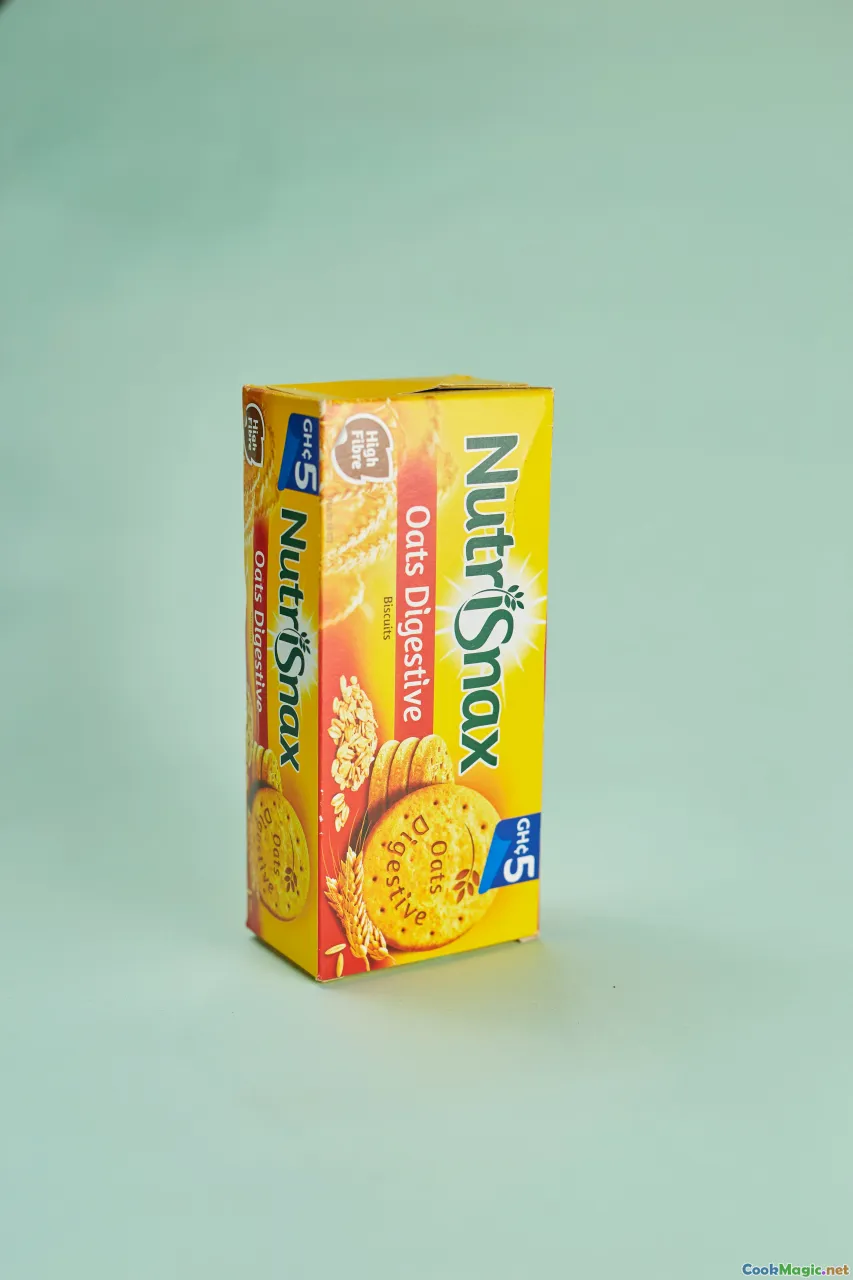
Not all raw fish in lime is the same. Tiradito, born of Japanese migration and the conversation between sashimi and the Peruvian palate, takes the fish thinner and leaves the onions out. The slices are long, elegant, and dressed right before serving with a smooth sauce—often ají amarillo blended to a creamy vibrancy with lime, or even a sauce seasoned with soy, mirin, and a breath of sesame, though purists will tell you this leans away from tiradito into a broader Nikkei category.
The mouthfeel is different. Where a classic ceviche bites—angle, corners, crunch—tiradito glides. Chez Wong in Lima, where Javier Wong turns sole into electricity with nothing but lime and ají limo and the ferocity of his knife, shows what minimalism can do: no cilantro, no ginger, no background chatter. Just the fish taking a lime handshake and nodding. Rafael Osterling’s El Mercado throws in a wink of Asian pantry—maybe a drop of soy in the leche de tigre, maybe a hint of dashi in the background. The effect is like turning the bass up a notch.
This is all part of the same song. In Peru, dishes evolve the way languages do: by listening and repeating with a new accent.
The Silent Architect: Leche de Tigre

Call it the tiger’s milk if you like the poetry, or call it the engine if you prefer mechanics. Leche de tigre is the mingled juice of lime, fish, salt, and the trimmings you blend to give it backbone: a few fish scraps, a chunk of onion, a knuckle of celery, a knob of ginger, maybe a clove of garlic, a spoon of ají limo or rocoto. In some kitchens, a small splash of fish stock; in others, just shaved ice to keep it thin and dangerously drinkable.
There are colors to it. Blanco—pale, cloudy, classic. Rojo—tinted with rocoto, a heat that rushes rather than simmers. Negro—from conchas negras, in which case it’s not so much milk as ink. In bars, you might find shooters on ice, garnished with a shrimp and a sliver of onion, sometimes spiked with pisco for a dangerous weekend morning. The first sip puckers the lips; the second makes your stomach hum. It’s not magic; it’s physics and appetite. Acid wakes us up. Salt says stay awhile. Capsaicin bends time.
A note for home blenders: emulsify briefly. Overblending bruises the lime and turns bitter. Think five pulses, not a minute-long roar. Strain if you like elegance; leave it rough if you’re cooking for people who love to chew on a day that needs loudness.
Garnishes That Tell a Story

The plate surrounding the fish is not decoration; it’s the chorus. Every element balances the acid and heat differently.
- Camote, sweet potato: steamed until the center sighs under a spoon. Aroma like honey and hay. It turns the lime’s edge into a curve.
- Choclo: pale kernels big as thumbnails, starchier than sweet corn, almost chestnut-like. Its flavor is soft and calming.
- Cancha: giant corn kernels toasted until they crackle and brown, salted the way a good story is seasoned. Crunch as punctuation.
- Yuyo, seaweed: green-brown, briny, a nibble of low tide; not everywhere, but in coastal cevicherías it appears as a slick little tangle that ties the fish back to its source.
- Avocado: less common in Lima clásico, more in the north; fat carries heat in a way that feels like hospitality.
- Plantain chips: sweet, crisp, perfumed, the north’s signature applause.
The onions are their own universe. Slice with a sharp knife, along the grain, so they remain structured, not shredded. Rinse quickly in cold water to remove the sulfurous smell that bullies other flavors; keep the peppery top note. They should be icy and ringing on the tooth, like tiny bells in the lime fog.
How to Buy Fish Like a Limeño
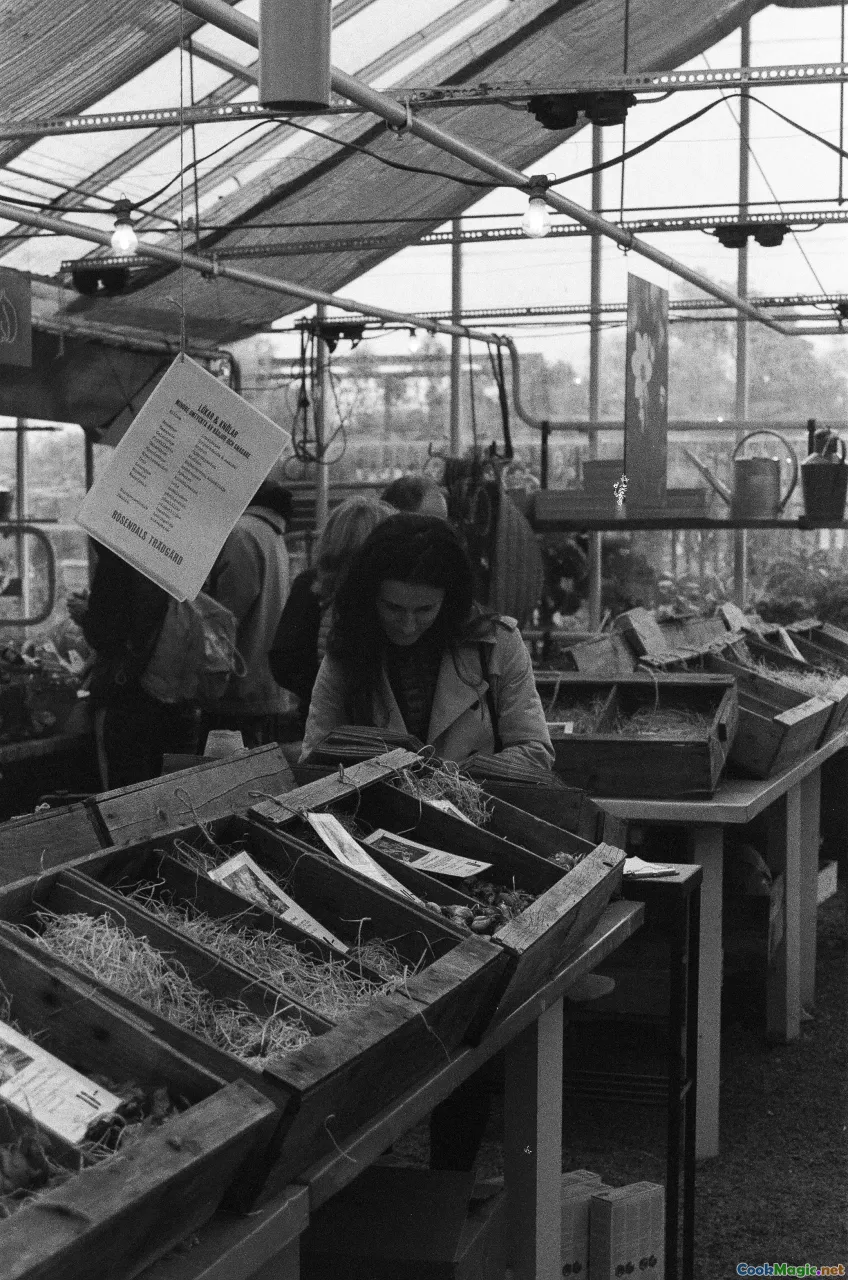
- Go early. The ocean’s memory is freshest before noon. In Peru, ceviche is a midday affair for good reason: fish caught at dawn deserve to be eaten in the same light.
- Smell everything. Fresh fish smells like a clean beach at dawn—briny, metallic, not fishy. If you catch a whiff of ammonia or funk, walk away.
- Look at eyes and gills. Eyes should be clear and convex, not cloudy. Gills a bright red, not brown.
- Press the flesh. It should spring back. Any indentation that lingers is a bad mood waiting to happen.
- Ask for the back of the fillet for ceviche; belly is richer but can turn soft under acid.
- Keep it cold. Bring a cooler. If you can’t, buy last and hurry home. Prep with bowls on ice.
Fish choices by style:
- Lima clásico: corvina, lenguado (sole), mero.
- North coast: mero murique, ojo de uva.
- South coast: tollo (dogfish), silversides.
- Highlands: trucha (trout)—but use properly frozen fillets for safety.
- Amazon: paiche, doncella.
Five Small Bowls, One Coastline: A Tasting Roadmap
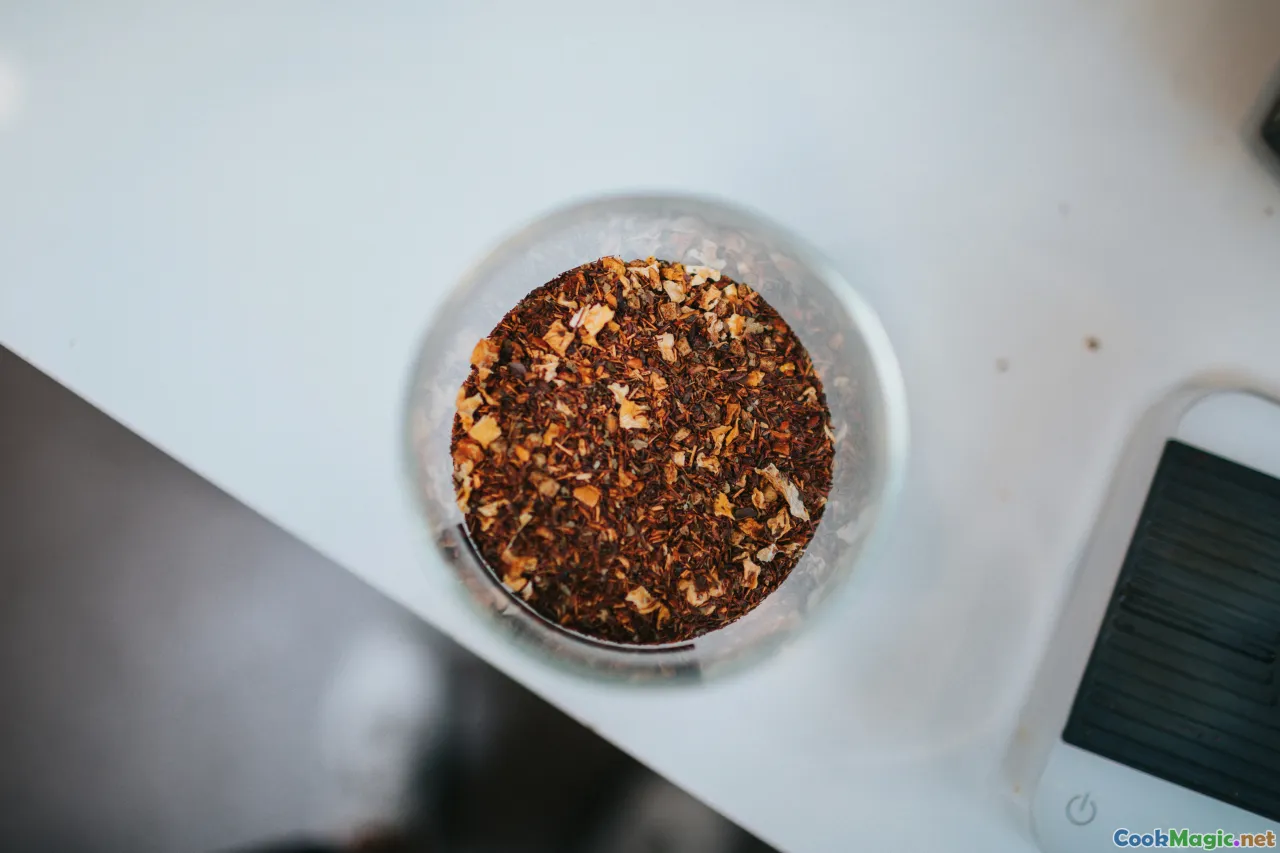
If you want to understand Peru through ceviche, host a five-bowl lunch that starts in Lima and ends under the canopy.
-
Lima clásico: corvina, lime, ají limo, cilantro, red onion, choclo, camote, cancha. Keep the marinade spare, the timing tight.
-
Piura norteño: mero, generous ají limo, more cilantro, a little crushed garlic, a garnish of chifles and zarandaja. The leche de tigre should be a little greener and more assertive.
-
Tumbes conchas negras: if you can get them legally and safely, dress lightly with lime, pinch of salt, slivered chiles. Garnish minimally; let the ocean speak in lower notes.
-
Arequipa camarones: lightly scalded river shrimp, lime with a dash of lemon, rocoto paste to color and kick, onions and perhaps a whisper of oregano as some southern cooks do.
-
Amazonico: paiche or doncella with cocona juice mixed into the lime, sachaculantro, ají charapita seeds flickering like stars, patacones to scoop.
Arrange the bowls from pale to deep, top notes to bass. Watch your guests’ faces travel.
Pairings: What to Drink with Ceviche

- Beer: a crisp lager is the Lima elder. Pilsen or Cristal in a frosted glass; the carbonation scrubs acid and heat as if your mouth were a glass in a sink.
- Chicha morada: purple corn beverage spiced with cinnamon and cloves; its sweetness and perfume calm fiery chiles and stand up to onion’s swagger.
- Pisco: in shots of leche de tigre, a dangerous brunch decision; as a Pisco Sour, the egg white softness balances lime’s bite but can fight with onions—better with tiradito than classic ceviche.
- White wine: go for high acid, low oak—Albariño, Sauvignon Blanc, or Peru’s own Quebranta in a lighter cocktail. In Arequipa, a torrontés-like aromatics can sing over shrimp.
At Home: A Precise Lima Clásico Recipe

For 4 small portions (lunch, in sunlight):
- 500 g very fresh firm white fish (corvina, sole, grouper), skinless, pin bones removed
- 12–14 Peruvian key limes (or 8 Persian limes plus 2 calamansi), chilled
- 1 medium red onion, sliced in fine plumes and shocked in ice water
- 1–2 ají limo, seeds removed, sliced into thin rings
- 1 small knob ginger, peeled and finely grated (optional but common in Lima today)
- 1 clove garlic, mashed to a paste with salt
- A handful of cilantro leaves and tender stems, finely chopped
- Sea salt, to taste
- Ice cubes (2–3)
- Garnishes: steamed camote, boiled choclo, cancha
Steps:
- Chill your mixing bowl and serving plates. Keep fish cold until the last moment.
- Cut the fish into 2 cm cubes. Place in the cold bowl. Sprinkle generously with sea salt; mix gently and let sit 1 minute. You should see a sheen as the salt draws out a whisper of moisture.
- Add garlic paste and ginger; toss gently. Scatter the ají limo rings.
- Squeeze the limes directly over the bowl, pressing only once per half to avoid bitterness. You want enough juice to barely cover the fish; start with about 180–200 ml.
- Toss gently. Drop in the ice cubes to chill and dilute slightly—Limeños often use cold to keep the flavors tense. Taste the leche de tigre; it should be mouth-watering but not brutal. Adjust salt.
- After 60–120 seconds—depending on the firmness of the fish—add cilantro and the drained onions. Toss once more and remove any remaining ice.
- Plate immediately with camote, choclo, and cancha on the side. Spoon some leche de tigre over the fish; keep extra in a small glass for sipping.
Note: If you prefer a spicier profile, blend a tablespoon of rocoto with a splash of lime and a few tablespoons of the ceviche juice to make a rojo on the side; guests can stir in as desired.
Food safety: If you’re not absolutely certain of your fish’s freshness and handling, deep-chill or freeze according to FDA guidance. Acid does not kill all parasites. Respect the sea and your guests.
Etiquette, Seasonality, and Respect
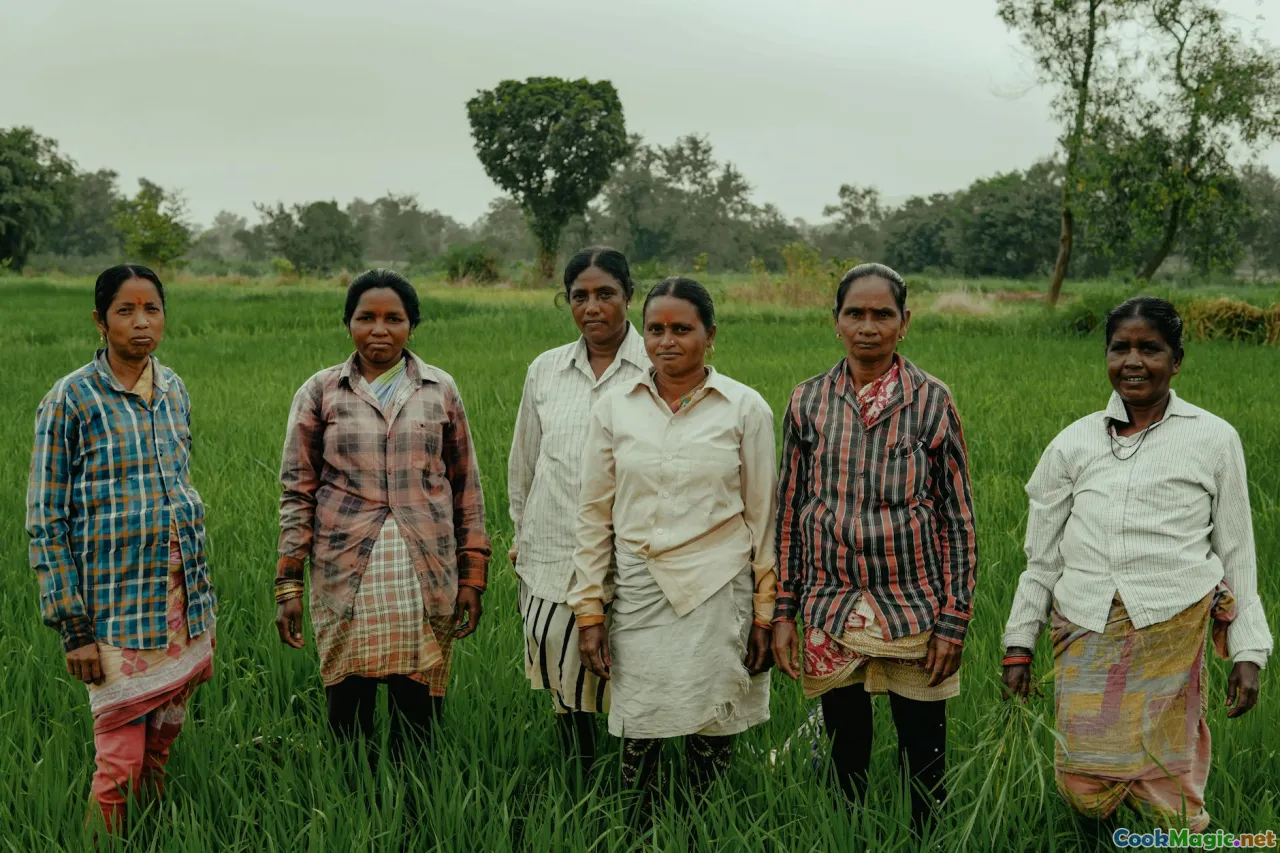
Ceviche is as much about when as what.
- Eat it early. Many cevicherías in Lima close by five. The sea’s morning mood doesn’t survive long past afternoon shadows.
- Don’t overmarinate. Lime’s bitterness blooms with time; fish protein tightens and turns woolly. Ceviche is a snapshot, not a braise.
- Know your seasons. Conchas negras have closed seasons; erizo (sea urchin) too. Red tides happen. Ask, and be willing to choose another dish out of respect for the ecosystem.
- Speak the dialect. In the north, ask for chifles. In Lima, cancha comes standard. In the sierra, trout is common but ask about handling. In the selva, trust the fruits you don’t know yet—cocona, camu camu, aguaje.
- Pay attention to the knife. Ceviche is a cut as much as a recipe. Even cubes mean even curing. Torn fish means a soggy bite and a cranky cook.
There’s also the matter of memory. Peruvians talk about ceviche the way other people talk about old songs. The best you ever had might have been in a plastic chair under a flapping tent on a day that smelled like gasoline and high tide, or at a counter where a cook with hands like baseball mitts lifted a spoon to your mouth and said, Taste this, it’s today. Respect that ceviche is not a museum piece. It is a living practice, a way to taste the present tense.
Where to Eat Ceviche in Peru Right Now

-
Lima
- Chez Wong, La Victoria: the masterclass in minimalism. Sole, lime, ají limo. Nothing else. Reservations essential; show up ready for the chef’s tempo, not yours.
- La Mar, Miraflores: Gastón Acurio’s temple to the ocean—variety across the map, with terrific leche de tigre flights.
- El Mercado, Miraflores: Rafael Osterling’s busy, joyous house of fish. Nikkei whispers; bright, meticulous plates.
- Pescados Capitales, Miraflores: playful, consistent, with a solid classic and thoughtful regional nods.
-
North Coast
- Fiesta, Chiclayo: known for much more than ceviche, but their coastal plates have that Lambayeque soul.
- La Sirena d’Juan, Máncora: beachy exuberance, ceviches that taste like vacation with a backbone.
- Tumbes: seek out reputable spots for conchas negras in season—ask locals; rules change with the sea.
-
South and Highlands
- Arequipa’s picanterías: look for camarones in season; ceviche de camarones with rocoto is a local joy.
- Cusco: San Pedro market stalls for trout; at night, look for tiraditos in modern kitchens where altitude meets Nikkei.
-
Amazon
- Iquitos: market stalls serving ceviche of doncella with cocona and charapita; go with a local guide who knows which stands handle fish the cleanest.
Always remember: the best ceviche is often the one served by someone whose hands smell of lime and ocean and who smiles when you ask what was best at dawn.
Ceviche vs. Everything Else Raw and Acidic
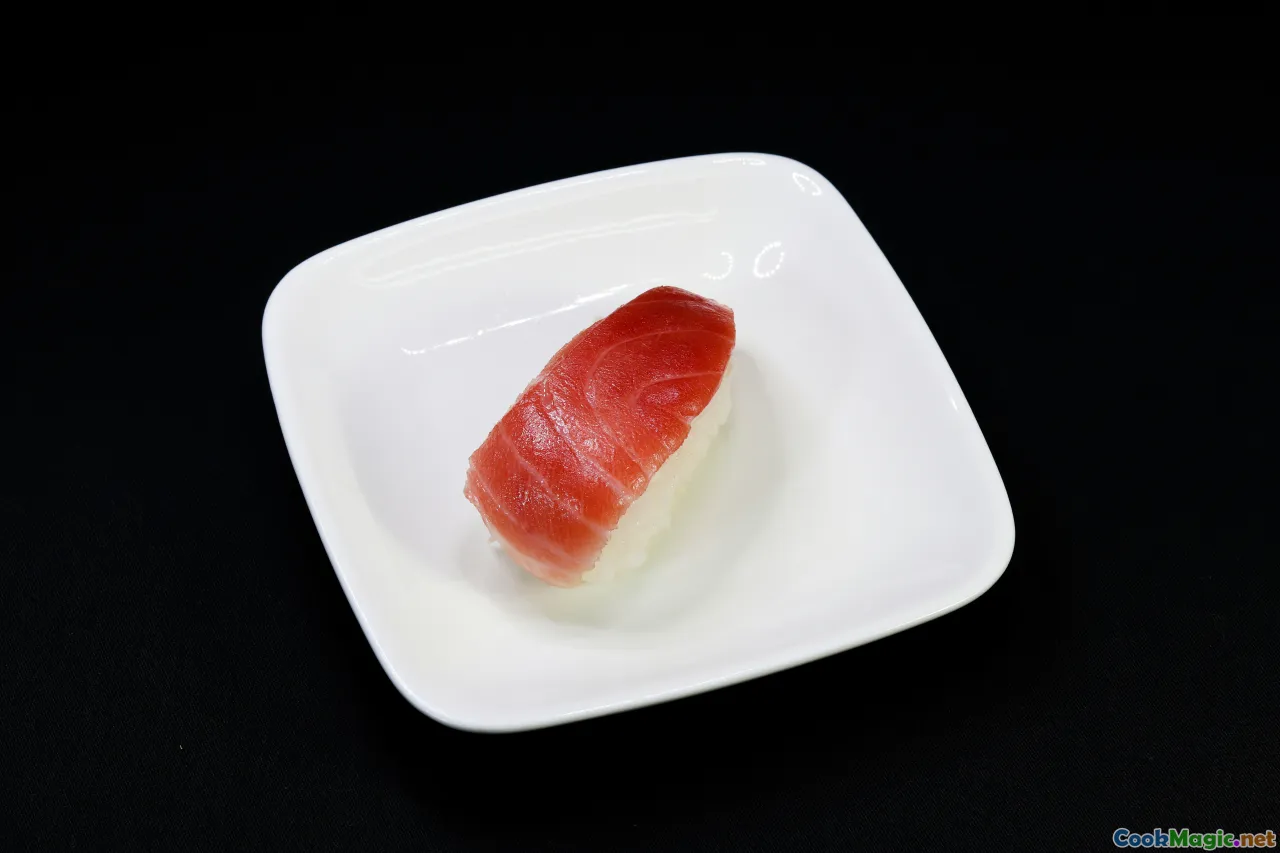
It helps to know what ceviche is not.
- It is not sashimi. Sashimi has no acid; it is a lesson in texture and temperature and the ruthlessly specific taste of species.
- It is not poke. Poke is dressed but not cured; its soy-sesame profile leans umami where ceviche leans brightness.
- It is not tartare. Tartare is textured fat and gentle seasoning; ceviche is lean and electric.
- It is not aguachile, though they share an ancestor. Mexican aguachile is more liquid, often green, with cucumber and a different chile spectrum; its bite lingers differently, its herbs speak another tongue.
Ceviche’s structure is its own: firm, quick-cured fish in a citrus brine that becomes part of the dish’s identity, not just a dressing. Onion and chile aren’t optional—they’re semicolons in the sentence.
Troubleshooting: Why Your Ceviche Doesn’t Taste Like Peru

- Your limes are dull. Solution: add a splash of another aromatic acid—calamansi, a hint of grapefruit, or a few drops of kumquat oil. Always squeeze fresh; bottled juice is a flat tire.
- Your fish is too soft. Solution: choose a firmer species, cut larger, salt first, chill aggressively. Avoid oily fish unless you’re building a mixed seafood ceviche with octopus and squid.
- It’s bitter. Solution: you over-squeezed or let it sit too long. Only press limes once and serve immediately.
- It’s harsh. Solution: rinse onions briefly and balance with camote and choclo. A pinch more salt, not sugar, can round off rough edges.
- It’s bland. Solution: your leche de tigre needs bones—blend a little celery, ginger, and fish trim for 5 seconds and stir back in.
A Memory to Carry: Surquillo, a Lime, and a Lesson
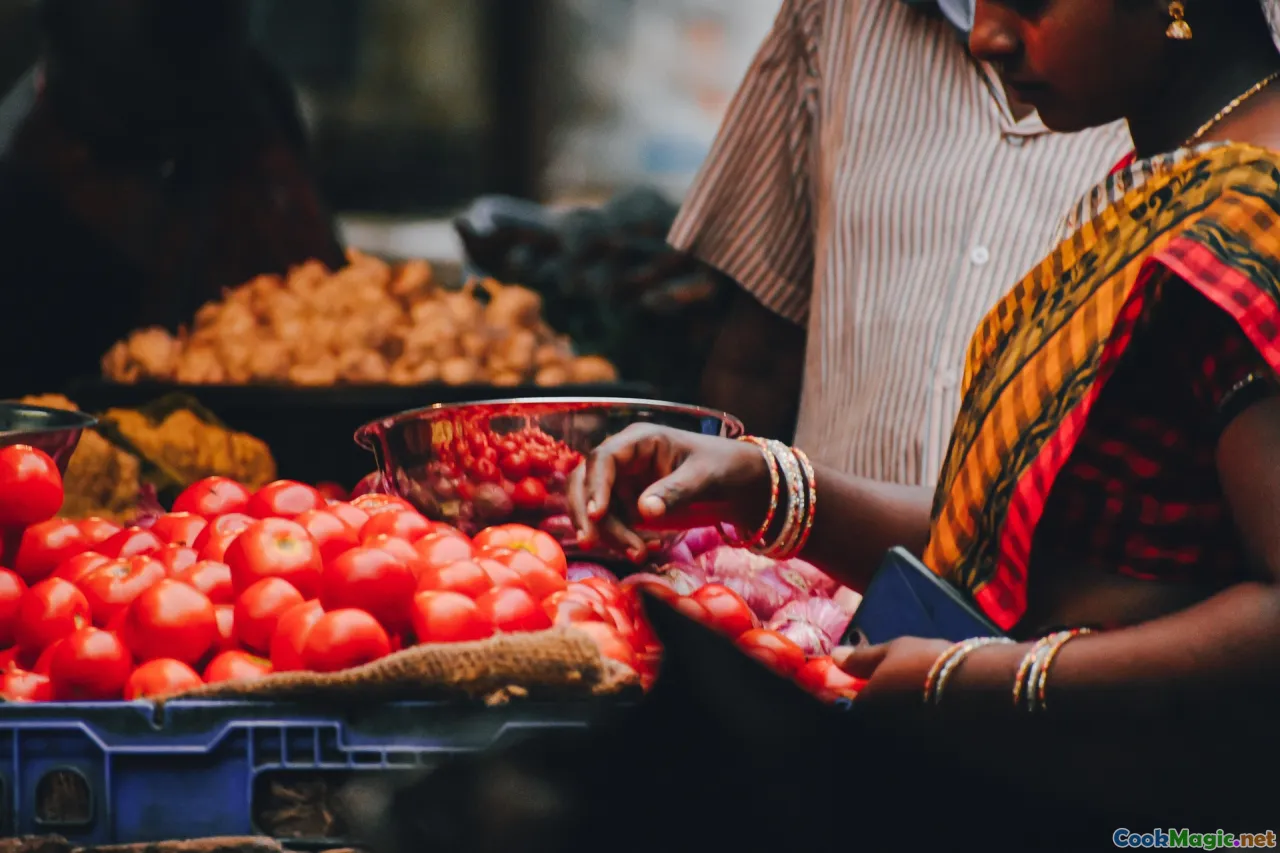
I learned more about ceviche from a Surquillo vendor than from any chef. Don Nacho wore a cap that said simply Pescado and had the calm of a man who woke at three to negotiate with weather. I was dithering over two fillets of corvina when he leaned in and said, Hueles esto. He split a lime with a thumb callused like driftwood and pressed it gently; the oil misted into the air like cologne. Then he tapped the fish and said, Este es el mar. He handed me a chile and said, Y esto, la vida. Sea, lime, life. That was his recipe.
His ceviche, eaten at a crooked counter with a plastic spoon, was the color of a pale storm. I remember the sound of the knife on the board, the little clatter of bowls, the way the first bite made my eyes water and then focus. The onion snapped, the fish pushed back, the lime filled my head with clean weather, and the chile whispered a memory that stuck around long after the bowl was empty. I realized then that ceviche is a way of paying attention. It’s a demand to be present. It forgives nothing, tolerates no shortcuts, and rewards care with the kind of happiness that doesn’t need dessert.
Peru is often explained by triads—coast, highlands, jungle—but ceviche stitches those geographies into the mouth. In Lima, it’s the cold coast awakened by a small green sun. In Arequipa, it’s a river shaken with fire. In Cusco, a mountain stream dressed for a city lunch. In Iquitos, the forest tasting itself.
Eat it where you are, but cook it as if you are there: under the same sky, in the same midday light, with the same respect for what you are touching. Squeeze the lime once. Cut the fish clean. Let the onion ring. Salt like you mean it. And when you lift the spoon and the first breath you take smells like the sea meeting the day, you’ll know you’re in the right place, wherever your feet are.









